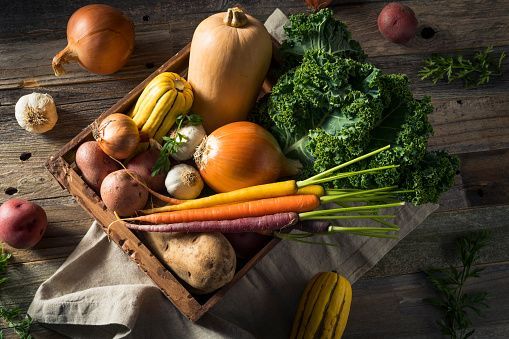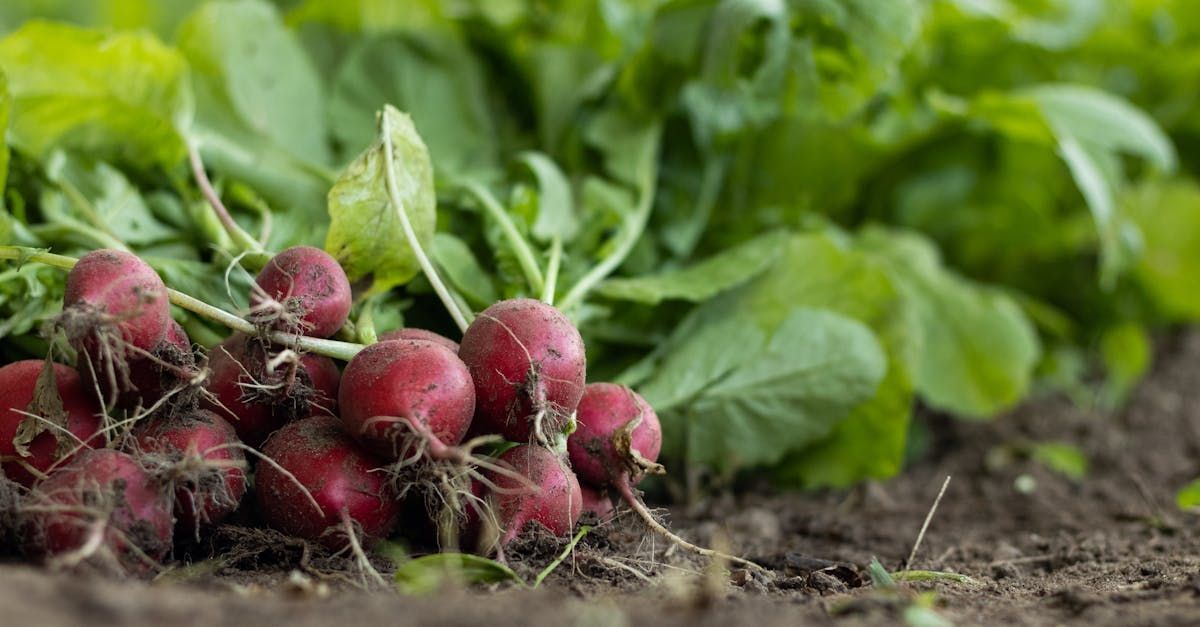Microelements for plants: what is important to know?
Stefano Di Pietro • 15 febbraio 2021
The cultivation of plants, flowers and vegetables has always been a highly appreciated activity by people when they have the opportunity to practice it: managing a small vegetable garden can give enormous satisfaction as well as lighten the expenses in fruit and vegetables.
In recent years, people's interest in the use of organic and mineral fertilizers has also increased: two natural products with no contraindications that, when dosed correctly, can ensure the health and luxuriant growth of plants. Especially in the field of mineral fertilizers, the importance of replenishing the soil with certain substances and the signs to recognize what plants need are increasingly known.
How to use of mineral fertilizers
When using mineral fertilizers it is always good to remember that the dosage is essential to ensure a beneficial effect: an excess of substances can make it difficult for plants to absorb due to saturation, especially based on the pH of the ground. For this it is important to follow the recommended dose on the package or from the retailer.
The other important aspect to remember is that plants show their deficiencies in a visible and unmistakable way: depending on the color of the leaves, following premature wilting or poor growth, it is possible to understand which mineral to add to the soil. Learning to recognize these signs is therefore extremely useful and important.
The most useful microelements for crops
Useful microelements for the soil can be divided into two groups, the main and most often necessary ones and those required only in certain situations. Nitrogen, phosphorus and potassium are the fundamental elements for plant growth and ensuring availability with specific fertilizers is always a good practice. In some cases, techniques such as crop rotation favor the natural restoration of reserves.
The other elements are often needed in smaller quantities and for this reason the natural quantity that is formed in the ground can often suffice. When missing they can still be added.
- Calcium, essential for the growth of horticultural plants, its presence is easily measured with litmus paper. It is also essential to consider the pH, since in acid soils calcium binds to phosphorus making it impossible to assimilate.
- Iron, the main mineral for many vegetables and greens. Rarely missing, it is necessary to intervene when the vein of the leaves turns yellow.
- Magnesium, zinc, manganese and copper are always present and rarely need to be added to the soil, even for them the excessive amount is harmful and prevents plants from absorbing other substances.
- Sulfur is essential for plant growth, however its excess is able to stop it completely.
- Chlorine is rarely missing, especially since it is supplied by tap water used for irrigation. Excessive amounts of chlorine in the water are however extremely harmful to plants.
- Silicon, always present in abundance, is important for protecting plants from cryptogamic diseases.
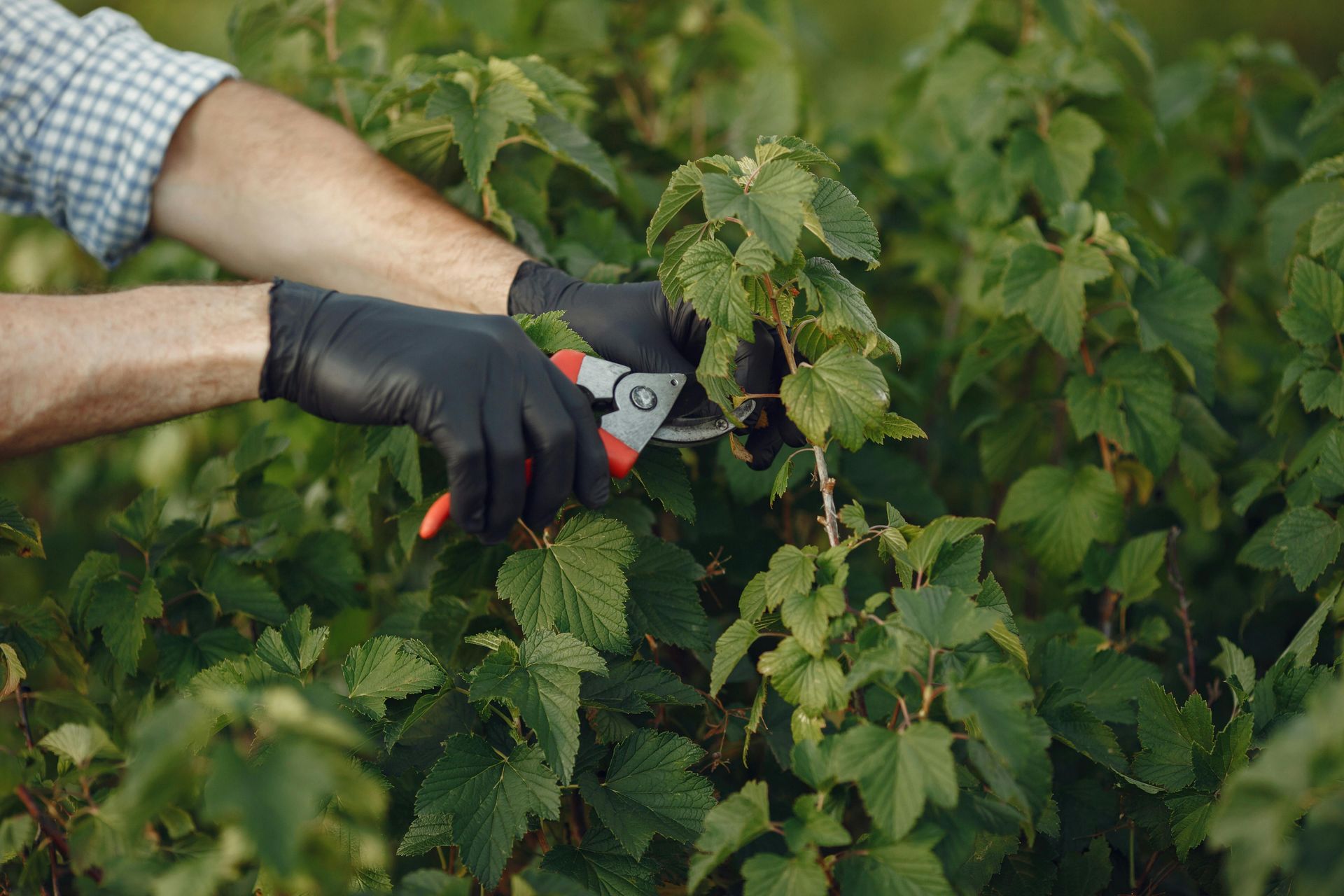
L'inverno, con il suo riposo vegetativo, rappresenta il momento ideale per dedicarsi a una delle pratiche più importanti per la salute e la produttività delle piante: la potatura invernale , conosciuta anche come "potatura a secco". Eseguita quando la linfa si muove lentamente e le piante sono in fase dormiente, questa operazione è fondamentale per gettare le basi di un anno di crescita vigorosa, fioriture abbondanti e raccolti generosi. Perché Potare in Inverno? I Vantaggi La potatura invernale offre numerosi benefici cruciali per alberi da frutto, viti, arbusti ornamentali e molte altre specie: Miglioramento della Produzione: Stimola la crescita di nuovi rami fruttiferi, aumentando sia la qualità che la quantità del raccolto futuro. Salute della Pianta: Rimuovendo rami secchi, malati o danneggiati, si previene la diffusione di patogeni e si migliora la ventilazione e la penetrazione della luce all'interno della chioma, riducendo l'umidità e il rischio di funghi. Vigore e Forma: La potatura aiuta a bilanciare la forma della chioma, a limitare la crescita eccessiva e a favorire lo sviluppo di rami più vigorosi e meglio distribuiti. Cicatrizzazione Ottimale: L'assenza quasi totale di linfa in questo periodo permette ai tagli di rimanere asciutti e sani, favorendo una migliore cicatrizzazione e riducendo il rischio di attacchi di insetti o infezioni fungine con la ripresa vegetativa primaverile. Tecniche e Consigli Fondamentali Periodo Ideale: Generalmente si pota da novembre/dicembre a febbraio, prima che la pianta si prepari a germogliare. È fondamentale evitare potature quando la temperatura scende abbondantemente sotto lo zero (sotto i -5°C), poiché il freddo può danneggiare i tessuti esposti dai tagli e ritardare la cicatrizzazione. Tipi di Potatura: Di Sfoltimento: Rimozione di rami interi dalla base per migliorare aerazione e illuminazione interna. Di Riduzione: Accorciamento di rami laterali o della parte apicale per controllare altezza e ingombro. Di Fruttificazione: Concentrata sulla rimozione di rami troppo vecchi o improduttivi per favorire quelli giovani e robusti, destinati a fruttificare. Attrezzi Puliti e Affilati: Utilizzare sempre forbici, seghetti o svettatoi ben affilati e disinfettati (con alcool o candeggina) per garantire tagli netti e precisi, riducendo il rischio di sfilacciamenti e infezioni. Non Esagerare: Non rimuovere mai più del 25% delle ramificazioni vive di una pianta adulta. Tagli eccessivi possono indebolire la pianta e compromettere la fotosintesi. Protezione dei Tagli: Su rami di grosso diametro, è consigliabile applicare del mastice da innesto o prodotti cicatrizzanti per proteggere le ferite da patogeni e favorire la guarigione. Specificità per Specie Ogni specie ha le sue esigenze: Meli e Peri: Tollerano bene potature intense. Ciliegi e Peschi: Sono più delicati e richiedono interventi meno drastici per non compromettere la fioritura. Rose: Eliminare rami secchi e dare una forma armoniosa. Ortensie: Nei climi miti potare leggermente, nelle zone più fredde attendere febbraio. Olivo: L'obiettivo principale è la penetrazione della luce solare, evitando che la pianta si allarghi troppo. Vite: La potatura invernale è la prima pratica agronomica dell'annata, fondamentale per la produzione. Il Supporto di Tecnobell per la Salute Post-Potatura Anche se Tecnobell è specializzata in fertilizzanti e biostimolanti piuttosto che in attrezzi da potatura, i suoi prodotti giocano un ruolo fondamentale nel supportare la pianta dopo questo stress. Una corretta concimazione e l'uso di biostimolanti possono infatti: Favorire la Cicatrizzazione: Nutrienti specifici supportano la pianta nel processo di guarigione delle ferite da taglio. Stimolare la Ricrescita Vigorosa: Un apporto bilanciato di elementi essenziali aiuta la pianta a produrre nuova vegetazione sana e robusta. Aumentare la Resilienza: I biostimolanti possono rafforzare le difese naturali della pianta, rendendola più resistente a stress post-potatura e a potenziali attacchi di malattie che potrebbero insinuarsi attraverso i tagli. Preparare le vostre piante con saggezza durante l'inverno significa garantire loro le migliori condizioni per prosperare nella stagione successiva. Con le giuste tecniche di potatura e un adeguato supporto nutrizionale, potrete godere di giardini e orti sani e produttivi. Per approfondire le soluzioni per la nutrizione e la vitalità delle piante, visitate il sito di Tecnobell.
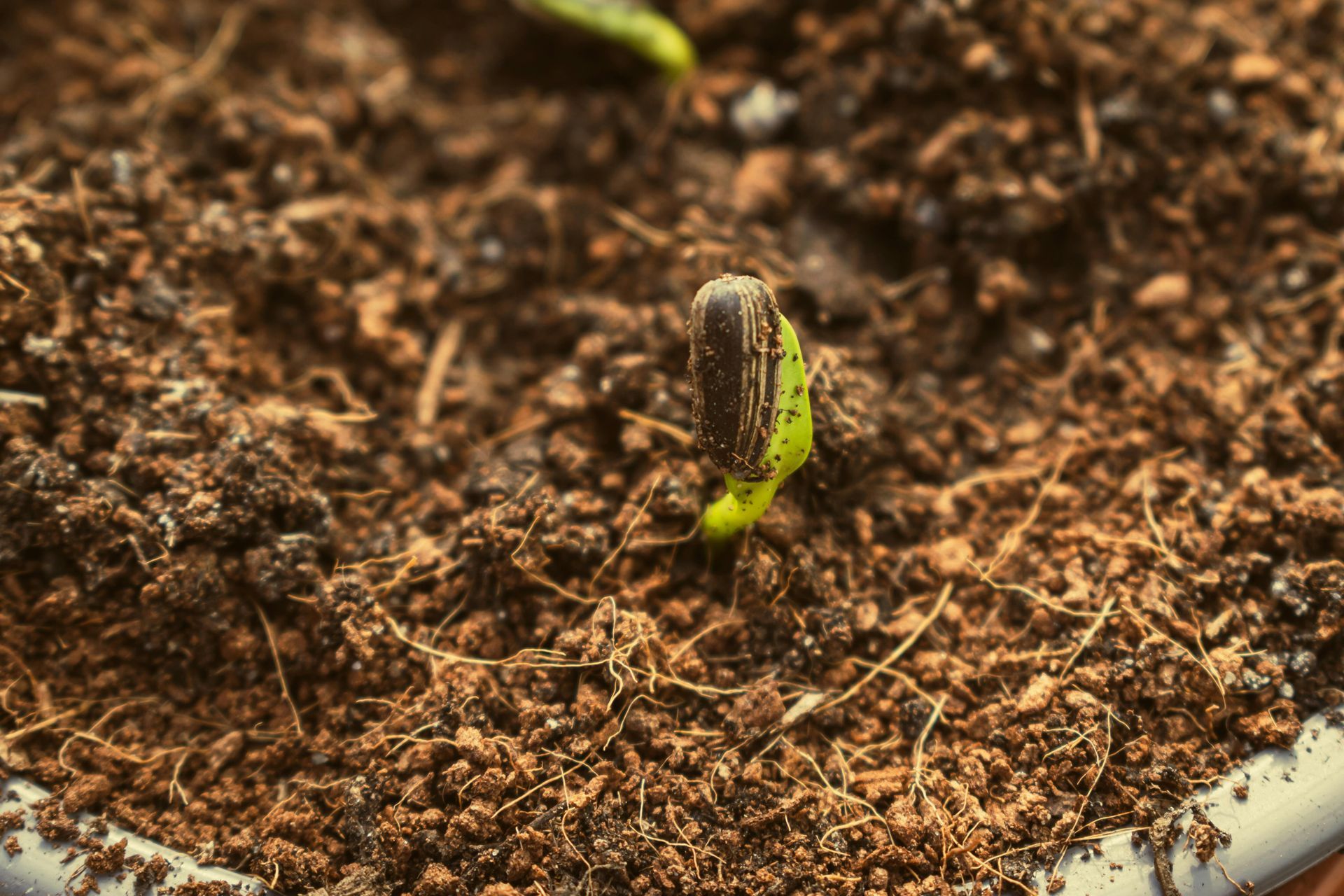
Preparare il terreno in modo adeguato prima di seminare o mettere a dimora le piantine è un passaggio cruciale per il successo di qualsiasi coltivazione. La concimazione di fondo , infatti, getta le basi per uno sviluppo sano e vigoroso delle piante, garantendo loro i nutrienti essenziali fin dalle prime fasi di crescita e contribuendo a creare un ambiente radicale ottimale. Perché la Concimazione di Fondo è Indispensabile? La concimazione di fondo, da effettuare prima di ogni nuova semina o trapianto, non è un semplice "extra", ma un investimento sulla salute e sulla produttività delle vostre colture. Ecco perché è così importante: Apporto Nutrizionale Iniziale: Fornisce alle giovani piante, o ai semi in germinazione, una scorta immediata e bilanciata di macro e microelementi necessari per avviare un forte sviluppo radicale e una crescita vegetativa equilibrata. Miglioramento della Struttura del Suolo: L'incorporazione di sostanza organica e di concimi specifici migliora la fertilità fisica del terreno, rendendolo più soffice, aerato e capace di trattenere l'acqua e i nutrienti, prevenendo ristagni o, al contrario, eccessiva siccità. Promozione della Vita Microbica: Un terreno ben nutrito e strutturato favorisce lo sviluppo di una microflora e microfauna benefica, essenziale per la mineralizzazione della sostanza organica e la disponibilità di nutrienti per le piante. Riduzione degli Stress: Piantine che partono con un buon substrato nutritivo sono più resilienti agli stress da trapianto e agli agenti esterni, come malattie e parassiti, nelle fasi successive. Cosa Utilizzare per la Concimazione di Fondo? La scelta dei prodotti per la concimazione di fondo dipende dalle caratteristiche del terreno e dalle esigenze specifiche delle colture, ma in generale si privilegiano: Concimi Organici: Compost maturo, letame pellettato o stallatico sono eccellenti per arricchire il terreno di sostanza organica, migliorarne la struttura e fornire nutrienti a lento rilascio. È consigliabile incorporarli nel terreno con qualche settimana di anticipo rispetto alla semina/trapianto, per permettere una parziale mineralizzazione. Concimi Organo-Minerali Granulari: Questi prodotti combinano i vantaggi della sostanza organica con un apporto bilanciato di elementi minerali (Azoto, Fosforo, Potassio), spesso con aggiunta di microelementi e zolfo. Sono ideali per una cessione graduale dei nutrienti, accompagnando la pianta per un lungo periodo. Le Soluzioni Tecnobell per la Concimazione di Fondo Tecnobell, con la sua esperienza nel settore dei fertilizzanti, offre prodotti specifici ideali per la concimazione di fondo, pensati per promuovere un avvio robusto delle colture: Concimi Granulari Organo-Minerali per Concimazione da Fondo: Tecnobell propone formulazioni granulari specificatamente studiate per questa fase. Questi concimi sono caratterizzati da un ottimo equilibrio di Azoto, Fosforo e Potassio in forme altamente assimilabili e spesso arricchiti con zolfo, che ne esalta l'attività a lento rilascio e attiva processi biochimici nel terreno. Sono raccomandati per colture arboree, ma estremamente efficaci anche per colture erbacee e ortive. Growfert - Promotore della Radicazione: Questo speciale prodotto organo-minerale di Tecnobell è un biostimolante che interviene direttamente sulla formazione dell'apparato radicale. Stimola l'emissione di nuovi peli radicali, fondamentali per l'assorbimento di acqua e nutrienti, e aiuta le piantine a superare lo stress del trapianto e del rinvaso, favorendo un rapido attecchimento. Revivo - Rivitalizzante Liquido di Terreni: Per un terreno stanco o impoverito, Revivo di Tecnobell agisce rivitalizzando la sua microbiologia. Ripopola la rizosfera (la zona attorno alle radici) con i microrganismi necessari per la mineralizzazione della sostanza organica, rendendo i nutrienti più disponibili per le piante e migliorando la salute complessiva del suolo. Consigli Pratici per la Concimazione di Fondo Analisi del Terreno: Se possibile, effettuare un'analisi del terreno per conoscere la sua composizione e le eventuali carenze. Questo permette una concimazione più mirata ed efficiente. Incorporazione Uniforme: Distribuire il concime in modo uniforme su tutta la superficie dell'area di coltivazione e incorporarlo nel terreno con una zappatura o fresatura, in modo che sia disponibile per tutte le radici. Tempistiche: Effettuare la concimazione di fondo qualche settimana prima della semina o del trapianto, soprattutto se si utilizzano concimi organici o a lento rilascio, per permettere loro di iniziare a "lavorare" nel terreno. Un inizio forte è la chiave per un raccolto abbondante e di qualità. Investire nella concimazione di fondo con prodotti specifici e di qualità come quelli offerti da Tecnobell significa porre le basi per piante sane, resilienti e produttive. Per scoprire l'intera gamma di prodotti e trovare la soluzione più adatta alle vostre esigenze, navigate il sito di Tecnobell
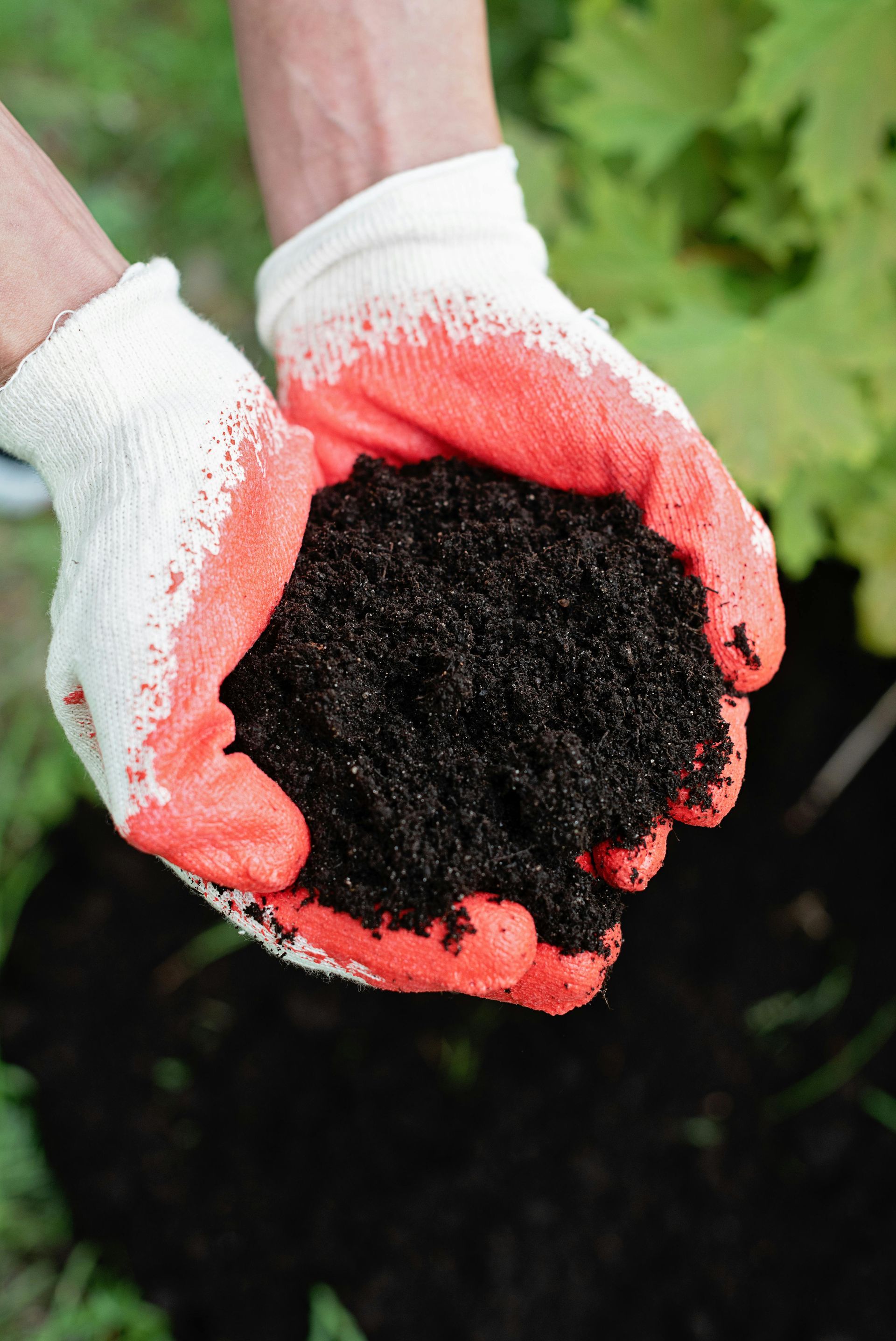
Concimazione per Stimolare l'Autodifesa delle Piante: Un Approccio Innovativo per Colture Resilienti
Nel panorama agricolo e del giardinaggio moderno, l'attenzione si sta sempre più spostando verso pratiche che non solo nutrono le piante, ma le rendono intrinsecamente più forti e capaci di difendersi da sole. È il concetto di autodifesa delle piante , un meccanismo naturale che, se opportunamente stimolato, può ridurre la dipendenza da trattamenti esterni e promuovere colture più sane e robuste. La concimazione, in questo contesto, assume un ruolo cruciale, andando oltre il semplice apporto nutritivo. Come la Nutrizione Influisce sull'Autodifesa Le piante, proprio come gli esseri viventi, hanno un "sistema immunitario" interno. Quando sono ben nutrite e in salute, sono naturalmente più resistenti agli attacchi di patogeni (funghi, batteri, virus) e ai parassiti, oltre a tollerare meglio gli stress abiotici come siccità, sbalzi di temperatura o salinità eccessiva del terreno. La chiave sta nel fornire non solo i macroelementi essenziali (Azoto, Fosforo, Potassio), ma anche microelementi e composti bioattivi che agiscono come veri e propri "induttori di resistenza" o "biostimolanti". Questi non combattono direttamente il problema, ma attivano le vie metaboliche della pianta, stimolando la produzione di sostanze protettive come fitoalessine, enzimi antiossidanti e rendendo le pareti cellulari più robuste. I Ruoli Chiave dei Nutrienti e dei Biostimolanti Fosfiti: Composti a base di fosforo e potassio (o altri elementi come calcio, magnesio, rame, zinco) che hanno dimostrato di non essere solo nutrienti, ma anche capaci di attivare le difese naturali della pianta contro funghi e batteri. Migliorano la resistenza dei tessuti e il sistema di circolazione linfatica. Tecnobell, ad esempio, propone la linea Phos , con prodotti come Phos K , Phos Ca , Phos Mg , Phos Cu e Phos Zn , specificamente formulati come induttori di resistenza che fortificano la pianta e prevengono carenze. Aminoacidi e Peptidi: Questi composti organici sono fondamentali per la sintesi proteica e numerosi processi metabolici. Forniscono energia e blocchi costruttivi che aiutano la pianta a riprendersi dallo stress e a rafforzare le proprie difese. Prodotti come Assimila e Carbion 8 di Tecnobell , a base di aminoacidi a rapido assorbimento, aiutano le piante in condizioni climatiche avverse (caldo intenso, gelate) e a proteggersi da stress. Estratti di Alghe: Ricchi di ormoni vegetali naturali (auxine, citochinine, gibberelline), vitamine, polisaccaridi e altri composti bioattivi, gli estratti di alghe (come Ascophyllum nodosum, Laminaria, Fucus) sono potenti biostimolanti. Migliorano l'assorbimento dei nutrienti, la crescita radicale e rafforzano la resistenza generale della pianta. Algael di Tecnobell ne è un esempio, formulato con diversi tipi di alghe per questi scopi. Rame e Zinco: Questi microelementi, sebbene essenziali in piccole quantità, sono noti per il loro ruolo nel rafforzamento delle pareti cellulari e nell'attivazione di enzimi coinvolti nelle risposte di difesa. Un prodotto come Biokoper di Tecnobell , a base di rame complessato con aminoacidi e peptidi, agisce come attivatore naturale dei meccanismi di difesa endogeni. Silicio: Sebbene non sia considerato un nutriente essenziale per tutte le piante, il silicio può essere accumulato nelle pareti cellulari, formando una barriera fisica contro gli attacchi di patogeni e insetti, e stimolando le difese interne. Strategie di Concimazione per l'Autodifesa Per stimolare efficacemente l'autodifesa delle piante, è consigliabile adottare un approccio integrato: Nutrizione di Base Equilibrata: Assicurare sempre una concimazione di fondo che soddisfi le esigenze nutrizionali di base della pianta. Una pianta ben nutrita è già di per sé più forte. Interventi Preventivi con Biostimolanti e Induttori di Resistenza: Applicare prodotti specifici nelle fasi cruciali dello sviluppo della pianta o in previsione di condizioni di stress. Questi prodotti non sono pesticidi, ma "allenano" la pianta a reagire meglio. Prodotti come Shield e Shield Bio di Tecnobell sono stati sviluppati proprio per questo scopo, stimolando la produzione di fitoalessine e rendendo le piante più resistenti. Concimazione Fogliari: Spesso, l'applicazione fogliare di biostimolanti e microelementi è il modo più rapido ed efficiente per far sì che la pianta assorba queste sostanze e attivi le sue difese. Integrare la concimazione per l'autodifesa nella propria gestione colturale significa investire nella salute a lungo termine delle piante, riducendo la necessità di interventi correttivi e promuovendo un ambiente più sano e sostenibile. Aziende come Tecnobell sono all'avanguardia in questa filosofia, offrendo soluzioni innovative per supportare la resilienza naturale delle colture. Per maggiori dettagli sui prodotti e le strategie di concimazione per l'autodifesa delle piante, navigate il sito di Tecnobell.

La shelf-life, ovvero il periodo di conservazione dopo la raccolta , è un fattore fondamentale per la qualità e il valore commerciale di frutta, verdura e fiori. Fortunatamente, esistono diverse strategie che, applicate già durante la coltivazione, possono aumentare significativamente la shelf-life dei vostri prodotti, riducendo le perdite e garantendo un raccolto fresco e appetibile per un periodo più lungo.
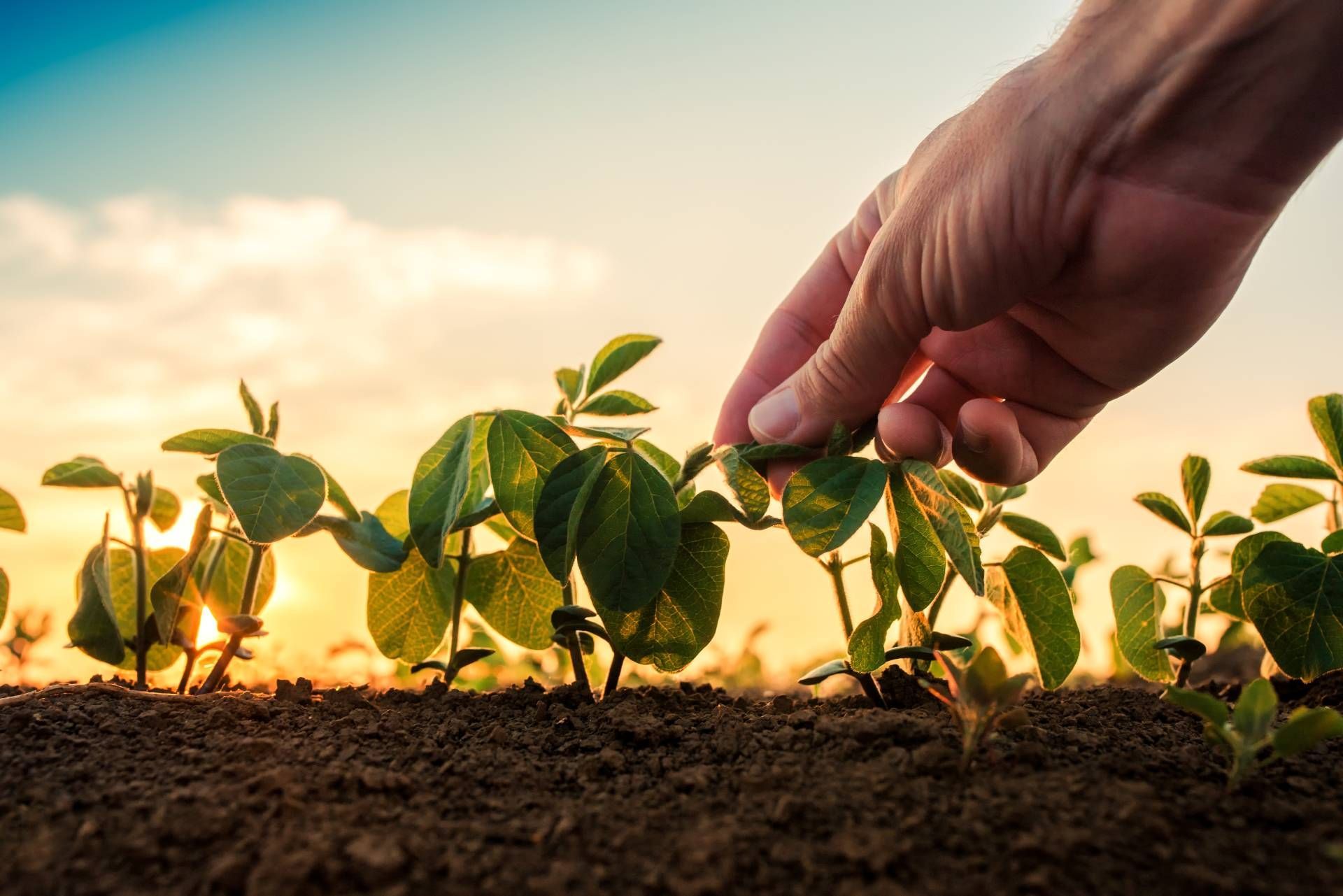
L'adozione di pratiche di concimazione mirata e l'utilizzo di prodotti di precisione non solo portano benefici ambientali, ma anche vantaggi economici per chi lavora la terra La riduzione degli input di fertilizzanti non solo preserva la salute del suolo e dell'ecosistema circostante, ma aiuta anche a contenere i costi di produzione.


















